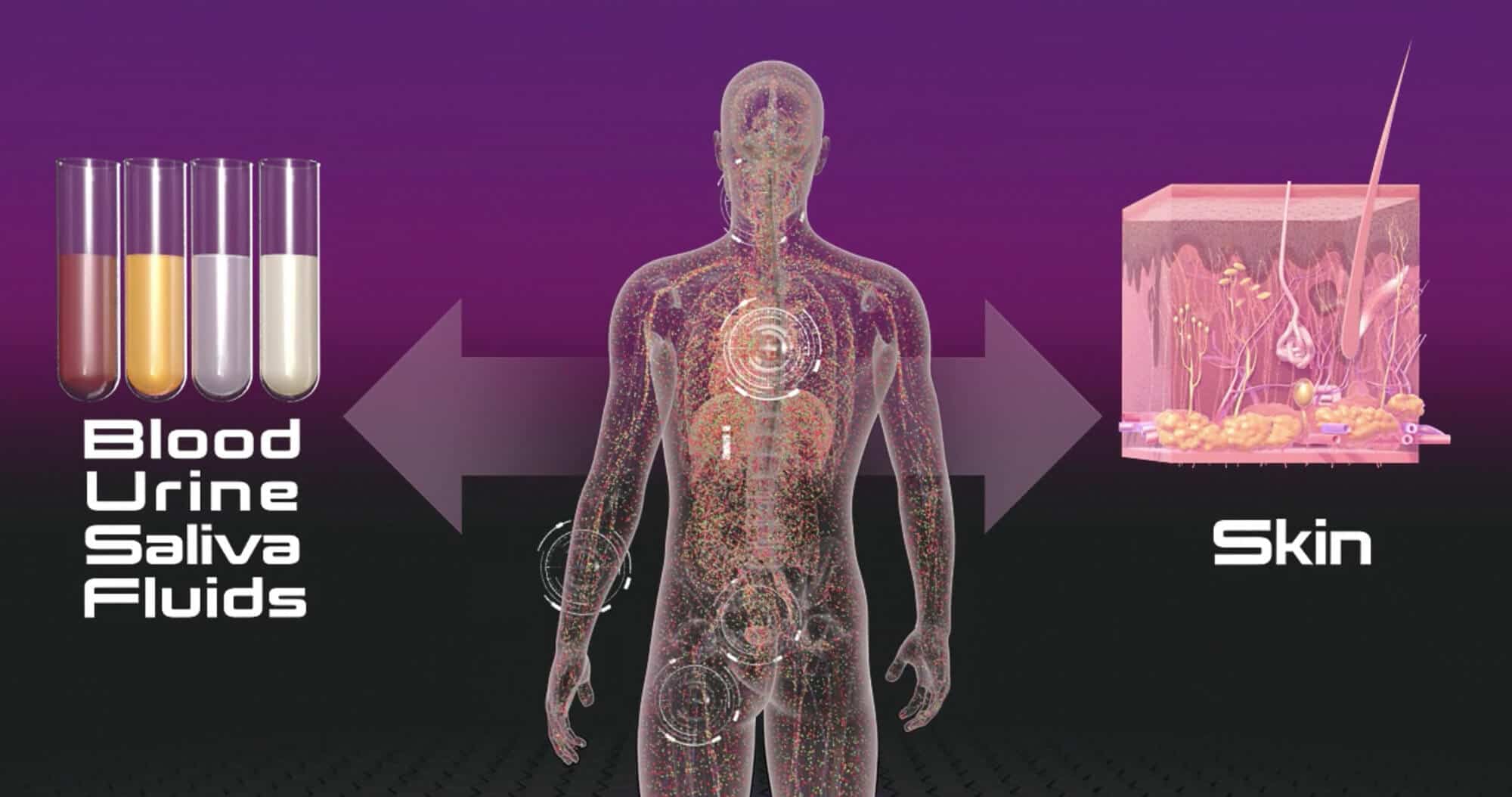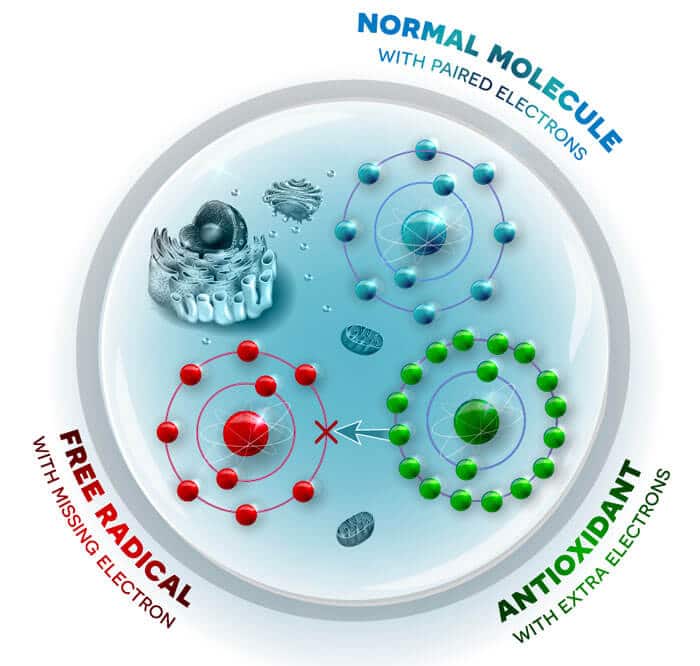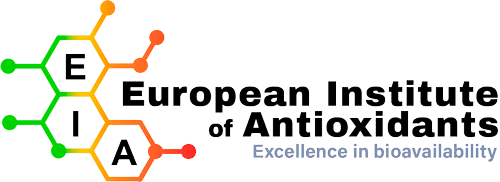The IEA laboratory masters all the scientific methods of measuring (in vivo and in vitro) oxidative stress and antioxidant potential for a plant, animal, human being or a manufactured product intended for food or for application to the body.
We can help pharmaceutical manufacturers determine the antioxidant profile of a preparation, characterize new antioxidant molecules for potential applications, and identify molecules specifically suited to the formulation of a pharmaceutical product.
The IEA is at your disposal for all your requests:
- Evaluation of the antioxidant power of your formulas
- Assay, characterization and identification of your molecules
- Formulation and optimization of antioxidants for your products
- Argumentation on the antioxidant content for the launch of a product
- Study of the bioavailability of your active molecules
In addition to studies of the bioavailability of antioxidants, the IEA is able to conduct studies of oxidative stress at the clinical level, at the physicochemical level, at the cellular level.

What is Oxidative stress?
Oxidative stress is an imbalance between the production of free radicals and the ability of antioxidants to inhibit these toxic compounds before they damage cells. Therefore, we get an imbalance between antioxidants and pro-oxidants in favor of oxidants.
This oxidative stress is responsible for many pathologies such as cell senescence, various cancers, Alzheimer’s and Parkinson’s diseases, and many others… This is why manufacturers in various fields such as the food industry, the medical sector and pharmaceuticals are always on the lookout for new antioxidant molecules that can reduce the effects of oxidative stress.
Many studies recognize the involvement of oxidative stress in the degradation of cells whether at the level of DNA, membrane lipids or proteins. For example, during the process of lipid peroxidation, it is characterized by three stages: initiation, propagation and termination, there is overproduction and accumulation of hydro-peroxides in the cell. The concentration of hydro-peroxides could serve as an indicator of damaged oxidation of the cell or biological tissue.
However, in the matrices, antioxidants act as a protective system that fights against the action of free radicals. There are two main categories of antioxidants, those which are enzymatic for example: superoxide dismutase, catalase, peroxidase, glutathione peroxidase… On the contrary, there are also non-enzymatic antioxidants including: ascorbic acid, glutathione, sulfur amino acids, uric acid, bilirubin, adrenaline, vitamins A and E…
It is for their benefits that many food, cosmetic and even medicinal products are enriched with antioxidants (example: vitamin C, flavonoids, etc.). Researchers are traveling around the world to discover new molecules with antioxidant properties to improve their products for consumers.
A diet rich in antioxidants and a healthy lifestyle can correct oxidative stress, thus avoiding various dysfunctions or pathologies linked to this stress.

Examples of clinical studies
- Oxidative stress assessments: blood dosage of antioxidants (vitamins A, C, E, beta – carotene, glutathione, ubiquinone, superoxide dismutase, glutathione peroxidase) and trace elements (selenium, copper, zinc, etc.), oxidation markers lipids (oxidized LDL, antibodies against oxidized LDL, isoprostanes) and DNA as well as NO metabolism in humans. Copper, zinc, selenium, vitamins A, E, beta-carotene and gamma-tocopherol analyzes
- Determination of inflammation markers (myeoperoxidase, interleukins, adhesion molecules)
- Study of the regulation of the expression of genes encoding antioxidant enzymes by polyphenols (Keap1 / Nrf2 / ARE system)
- Implementation of clinical studies on healthy and pathological subjects in which oxidative stress is involved (diabetes, renal dialysis, AIDS, cardiovascular pathologies, etc.)
- Prevention of cognitive decline by antioxidants in the elderly
- Studies of the effect of antioxidants on sports populations (amateurs and professionals)
Development of food habits questionnaires specifically dedicated to dietary intake of antioxidants
- Experimental studies on animals (rat, mouse, rabbit, dogs, horses, etc.) within the framework of an approved animal facility
- Use of the in vitro SHIME model (Simulator of Human Intestinal Microbial Ecosystem) which stimulates the digestive mechanisms of the stomach until the end of the colon (bioavailability studies)
Examples of physicochemical studies
- In vitro analysis of the total antioxidant capacity of any matrix (classic tests ORAC, TEAC, FRAP, DPPH, electronic paramagnetic resonance)
- Use of models more in line with human physiology (lipid peroxidation, xanthine oxidase activity, chemiluminescens in whole blood)
- Determination of total polyphenols and their subclasses (phenolic acids, flavonols, flavanones, flavones, flavan-3-ols or cathechins, anthocyanidins and isoflavones) by H-UHPLC and mass spectrometry.
Example of studies at the cellular level
- Study of the regulation of endothelial functionality (metabolism of nitrogen monoxide or NO) in cell cultures (in vitro) and on isolated aorta segments from animals (ex – vivo) by polyphenols
- Study of the regulation of endothelial functionality (“flow mediated dilation” or FMD) by polyphenols in humans; patterns of diet-related endothelial dysfunction (postprandial oxidative stress)
- Determination of inflammation markers (myeoperoxidase, interleukins, adhesion molecules)
- Study of the regulation of the expression of genes encoding antioxidant enzymes by polyphenols (Keap1 / Nrf2 / ARE system)
Study proposal for the development of a test for the detection of Covid-19 contamination from oxidative stress
In the case of COVID-19, it has recently emerged that oxidative stress appears to play a very important role in the very profound respiratory dysfunction which often results in the death of the patient.
It has been shown that there is a strong relationship between inflammation and oxidative stress. It seems well established that infection with Covid-19 is associated with strong inflammation in the lung, which no doubt explains the respiratory distress observed, such as that previously observed in ARDS patients. The white blood cells that accumulate in the lung can easily activate and thus release very large amounts of highly toxic activated oxygen species (EOA) as well as various proteases that contribute to irreversible damage to tissues.

Covid-19 binds to target host cells via the angiotensin converting enzyme (ACE2). ACE2 is a functional transient viral glycoprotein receptor that allows entry of Covid-19 into cells (Hoffmann M et al. Cell. 2020).
Ultimately, the oxidative stress of Covid-19 infection will further increase viral entry into cells, in people infected through ACE2 derepression and increased expression of ACE2.
This is in any case what emerges very clearly in the recent Chinese article by Zhang and Liu (Medical Virology, 2020).
In addition, it should also be taken into account that patients who will be discharged from the hospital after extremely heavy treatments (intubation, put on a ventilator or oxygen) will continue to present after several weeks of pulmonary weakness or a very severe state of fatigue. Ensuring optimal maintenance of the immuno-antioxidant defenses of these patients on the basis of an appropriate blood test but carried out under strict analytical conditions will prove to be of great importance.




culture cellulaire
The IEA is recruiting...
We are constantly looking for new collaborators to participate in the development of the company.
